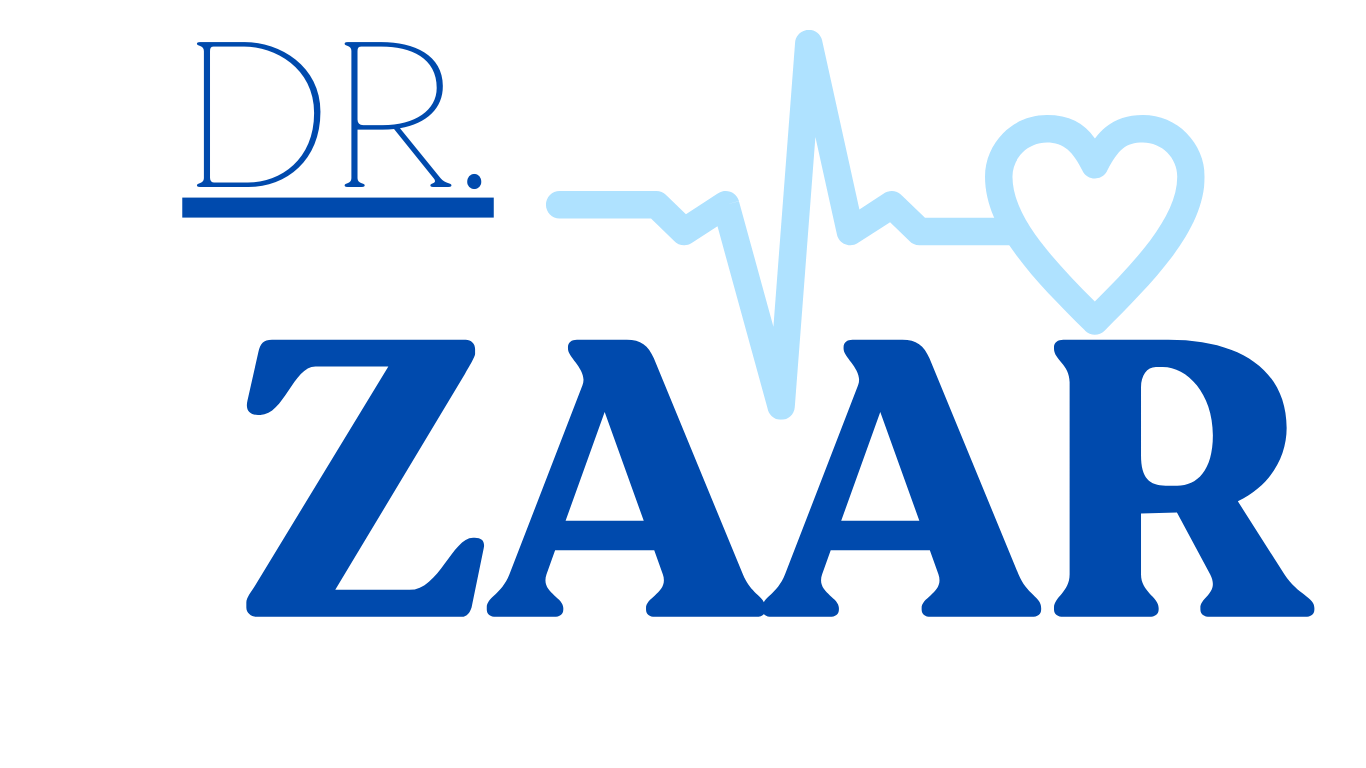Exploring the Interplay between Noradrenaline Imbalance and Thyroid Dysfunction: A Case Study
Patient Background: Sarah, a 38-year-old female, presents to her primary care physician with complaints of persistent fatigue, difficulty concentrating, and unexplained weight gain over the past several months. She reports feeling increasingly sluggish and mentally foggy despite maintaining a healthy lifestyle and regular exercise regimen. Sarah has a family history of thyroid disorders, with her mother diagnosed with hypothyroidism in her 40s. Concerned about her symptoms, Sarah seeks further evaluation and management.
Clinical Assessment: Upon initial assessment, Sarah’s vital signs are within normal limits, with no overt signs of acute illness. Laboratory investigations reveal elevated serum thyroid-stimulating hormone (TSH) levels, suggestive of hypothyroidism, along with decreased levels of free thyroxine (T4). Thyroid peroxidase antibodies (TPOAb) are also elevated, consistent with autoimmune thyroiditis (Hashimoto’s thyroiditis). However, despite initiating levothyroxine replacement therapy, Sarah’s symptoms persist, prompting further investigation into alternative mechanisms contributing to her clinical presentation.
Exploring Noradrenaline Imbalance: Given the persistence of symptoms despite thyroid hormone replacement, Sarah’s physician considers the potential role of noradrenaline imbalance in her symptomatology. Emerging evidence suggests a bidirectional relationship between noradrenaline and thyroid function, with disruptions in noradrenergic signaling pathways implicated in the pathogenesis of thyroid disorders. Sarah’s symptoms, including fatigue, cognitive impairment, and mood disturbances, align with the clinical manifestations of altered noradrenergic activity observed in thyroid dysfunction.
Integration of Noradrenaline-Thyroid Interactions: Further evaluation reveals evidence of dysregulated sympathetic nervous system activity in Sarah, characterized by increased resting heart rate and blood pressure variability. Additionally, assessment of noradrenergic biomarkers, such as plasma noradrenaline levels and urinary catecholamine metabolites, reveals abnormalities consistent with heightened sympathetic tone. These findings suggest a potential link between noradrenaline imbalance and Sarah’s thyroid dysfunction, contributing to her persistent symptoms despite adequate thyroid hormone replacement.
Treatment Approach: In light of the emerging understanding of noradrenaline-thyroid interactions, Sarah’s treatment plan is modified to address both thyroid dysfunction and noradrenergic dysregulation. In addition to optimizing thyroid hormone replacement therapy, targeted interventions aimed at modulating noradrenergic signaling pathways are incorporated into her management regimen. Sarah is prescribed a selective beta-blocker to mitigate the effects of excess sympathetic activity, thereby alleviating symptoms such as palpitations, tremors, and anxiety associated with hyperthyroidism and noradrenaline imbalance.
Outcome and Follow-up: Following the implementation of the revised treatment approach, Sarah experiences significant improvement in her symptoms, including fatigue, cognitive function, and mood stability. Objective measures, such as normalization of heart rate and blood pressure parameters, corroborate the therapeutic efficacy of addressing noradrenaline imbalance alongside thyroid dysfunction. Regular monitoring and follow-up appointments are scheduled to assess treatment response, optimize medication dosages, and ensure long-term management of both conditions.
Conclusion: Sarah’s case underscores the intricate interplay between noradrenaline imbalance and thyroid dysfunction, highlighting the importance of a comprehensive approach to diagnosis and management. By recognizing the contribution of noradrenergic dysregulation to her clinical presentation, Sarah’s healthcare team was able to tailor a targeted treatment regimen, addressing both thyroid hormone deficiency and excess sympathetic activity. This case illustrates the potential clinical implications of unraveling the connection between noradrenaline imbalance and thyroid disorders, paving the way for personalized therapeutic interventions and improved patient outcomes.
